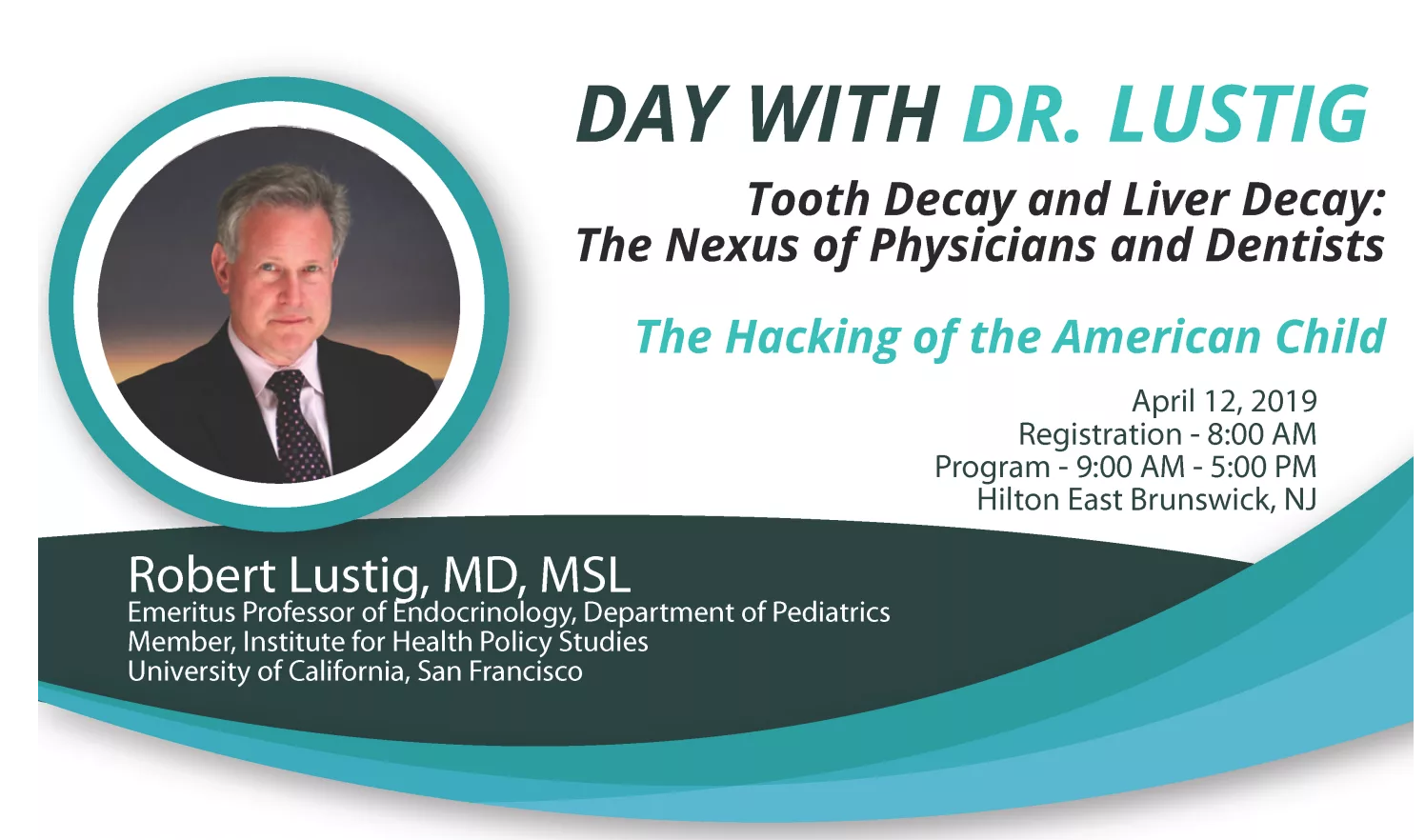

Endocrine Society Announces New Clinical Practice Guideline To Identify People At Metabolic Risk
Finally, they’ve woken up and smelled the coffee! Obesity is not the issue, metabolic health is.
But there are three other markers that are important: fasting insulin, uric acid, and ALT.
-Dr. Robert Lustig
Endocrine Daily Briefing – From the Endocrine Society
Endocrine Society Issues New Clinical Practice Guideline To Identify People At Metabolic Risk
Medscape (7/31, Busko, Subscription Publication) reports, “By screening for five simple markers – waist size, blood pressure, HDL cholesterol, triglycerides, and glucose/HbA1C – during office visits, clinicians could identify high-risk adults who need to improve their lifestyle to prevent cardiovascular disease or type 2 diabetes [T2D],” experts recommend in a “new clinical practice guideline – ‘Primary Prevention of ASCVD and T2DM in Patients at Metabolic Risk’ – issued by the Endocrine Society and published online July 31 in the Journal of Clinical Endocrinology and Metabolism.” Included in the new guideline is “the American Heart Association/American College of Cardiology Pooled Cohort Equation to calculate 10-year risk for atherosclerotic disease.”
Endocrine Today (7/31, Schaffer) reports the guideline states, “The Endocrine Society has recognized the importance of identifying individuals who are at metabolic risk so that efforts can be instituted to prevent both [atherosclerotic] CVD and [type 2 diabetes].” In particular, the guideline “addresses individuals with components of metabolic syndrome who do not yet have diagnosed atherosclerotic CVD or type 2 diabetes and the steps that can be taken to prevent these two diseases.” In addition, it “focuses on behavioral, nutritional and medical management.”
According to Endocrine News (7/31, Seaborg), “the original Endocrine Society guideline on this topic was published in 2008.” This revision, however, “takes a fresh look at metabolic risk and presents recommendations which reflect more recent trial data on blood pressure and lipids,” prioritizing “lifestyle and behavioral interventions” while discussing “new medical treatment options.” Even though “the guideline is targeted towards adults aged 40 to 75,” it “can be used to guide patients outside of this age range as well.”
Also covering the story are the Endocrinology Advisor (7/31, Beairsto) and Clinical Endocrinology News (7/31, Splete).
Read more:
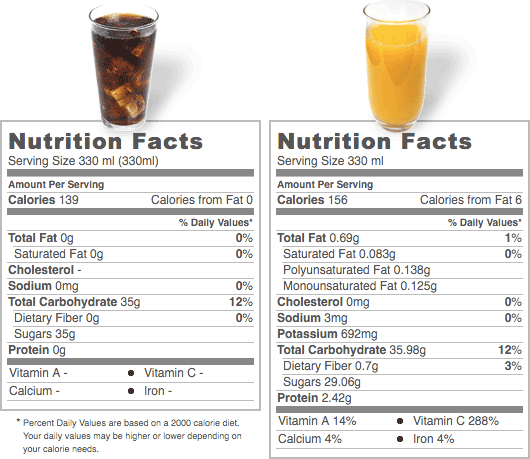
The Juice PR Machine
How scared is the juice industry? Nothing wrong with their making a critique, just remarkable to see what lengths they will go to squelch dissent.
From the resistance… a letter received from the Juice Products Association:
It’s a trend we are all seeing – more and more studies are being conducted and published without pre-specified analysis. Researchers test connections unsystematically and publish only positive results. Our standards for how we conduct and communicate nutrition research to the public are slipping.
Last week a study was published, by the British Medical Journal that suggests that drinking 100% juice is linked with an increased risk of cancer. As you know, a person’s health is dependent upon the totality of their diet and lifestyle – not one specific food or beverage. Studies such as this one do not prove cause and effect yet that is what headlines scream.
Furthermore, these results contradict several other studies, including large U.S. cohort studies, concerning 100% fruit juice consumption and cancer, which shows no association with increased risk. In fact, 100% fruit juices contain bioactive compounds that have been shown to have anti-carcinogenic properties in some studies, (Veselkov et al. Scientific Reports. 2019;9:9237).
There were a number of limitations with the NutriNet-Santé study published last week. These include, but are not limited to:
- The study is observational and, as such, is unable to show cause and effect, only associations.
- The study was based on a French cohort and not representative of US culture, dietary patterns and eating styles. It is also not indicative of typical consumption patterns seen in the United States regarding sugary drink consumption.
- Much of the data was obtained through self-reporting, which introduces errors
- The mean follow-up time (about 5 years) is very short for a cancer study
- These results cannot be applied to a general population as the cohort was overwhelmingly female (almost 79%)
Together, we can make our voices heard against bad science. I am commenting on news coverage regarding this study in order to educate the public and consumers who are confused about nutrition. I urge you to join me in speaking out against studies like this that are not based on scientific best practices and cause unnecessary consumer confusion.
For more information, visit SipSmarter.org. Please don’t hesitate to contact me directly if you have any questions, concerns, or need any other information. I would be happy to discuss.
Sincerely,
Diane Welland MS, RD
Juice Products Association
What about fruit juice?
Fruit Juices Are Basically Just Liquid Sugar
Fruit juice products are exploding and it seems like most people believe fruit juices are healthy…they come from fruit, so they must be OK?
Unfortunately, many of the “fruit” juice products you find in the supermarket aren’t even fruit juice, just fruit flavored beverages imbued with chemicals that taste like fruit. Many of these products are basically fruit-flavored sugar water.
Even if you’re drinking 100% fruit juice (organic, natural, made in your own juicer, blah, blah, blah), it is still a problem. Fruit juice often has had the fiber taken out or destroyed and the main thing left is the sugar, now concentrated. Despite their healthy image and brilliant marketing, many fruit juice products contain the same amount of sugar as sugar-sweetened beverages.
A typical glass of orange juice contains 4 oranges. One serving of orange juice (an 8-ounce glass) contains 22 grams of sugar. By comparison, 8-ounces of Dr. Pepper (pick your soda) contains 27 grams of sugar.
One simple solution is not to drink your calories. Eat whole fruit – with the fiber. Try “spa water” recipes that use small amounts of fruit for flavoring. And when you absolutely need some juice, than make it a small glass.
How many oranges have you consumed in one sitting? The fiber in whole fruit increases satiety and also helps to metabolize the sugar in healthy ways. Since our diet is already so overloaded with sugar, big blasts of sugar tend to be bad for our metabolic health.
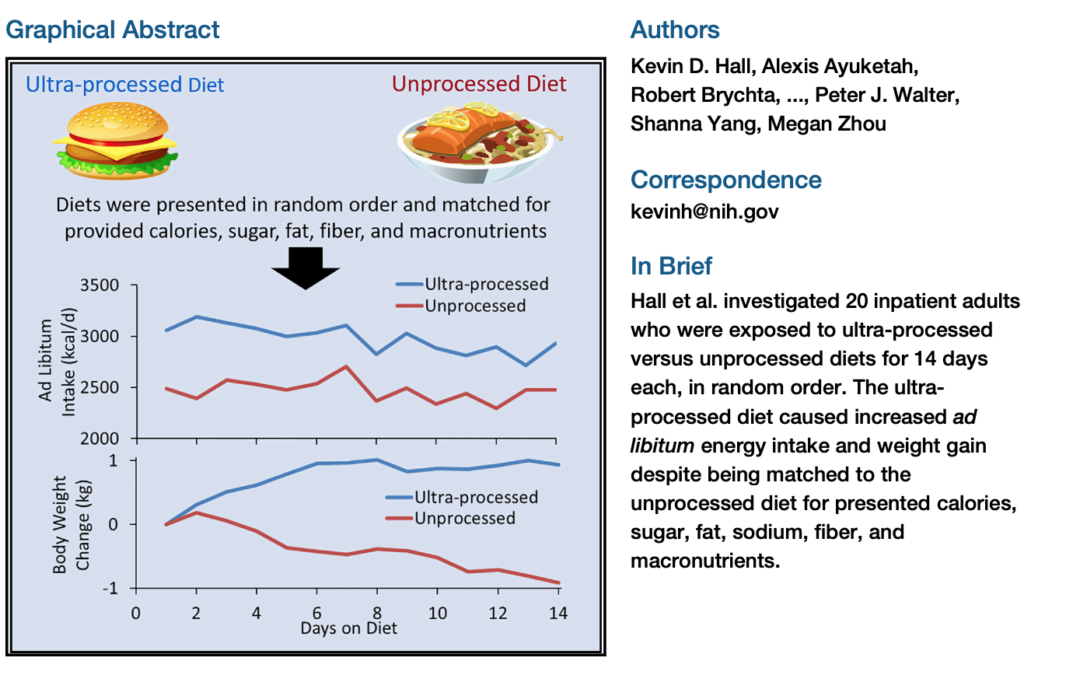
Review of Processed Food Study by Kevin Hall
Review of recent study published in Cell Metabolism:
Ultra-Processed Diets Cause Excess Calorie Intake and Weight Gain: An Inpatient Randomized Controlled Trial of Ad Libitum Food Intake.
Kevin D. Hall 5 Alexis Ayuketah Robert Brychta Hongyi Cai Thomas Cassimatis Kong Y. Chen Stephanie T. Chung Elise Costa Amber Courville Valerie Darcey Laura A. Fletcher Ciaran G. Forde Ahmed M. Gharib Juen Guo Rebecca Howard Paule V. Joseph Suzanne McGehee Ronald Ouwerkerk Klaudia Raisinger Irene Rozga Michael Stagliano Mary Walter Peter J. Walter Shanna Yang Megan Zhou
Published:May 16, 2019
DOI:https://doi.org/10.1016/j.cmet.2019.05.008
Comments by Dr. Robert Lustig
A calorie is a calorie is a calorie; eat less and exercise more; any calorie can be part of a balanced diet. These are the mantras of the processed food industry. But are they real or fake news?
Hall and his NIH group attempted to answer this question with a 2-week crossover demand feeding study comparing the effects of real food (NOVA system class I, developed by Monteiro et al at the University of Sao Paolo) with ultra-processed food (NOVA system class IV). Hall locked up 20 subjects at the NIH Clinical Center, threw away the key, and fed them in random order and for 2 weeks at a time an ad lib processed food diet (more carbohydrate, less fiber) or an ad lib real food diet (less carbohydrate, more fiber). The two diets were matched for presented calories, sugar, fat, fiber, and macronutrients. Hall tracked food intake, body weight, energy expenditure, and baseline and glucose-stimulated hormonal parameters.
The ultra-processed food diet resulted both in weight gain and 508 calories per day greater intake (mostly carbohydrate) than the real food diet, which resulted in weight loss. The only things that distinguished the ingestion patterns were higher carbohydrate and less fiber in the ultra-processed diet. Finally, body weight changes correlated with changes in energy intake.
Bottom line: like other studies which preceded it (eg, the DIETFITS study), this study shows that real food works, and processed food doesn’t — take it to the bank. Real food resulted in fewer calories consumed, but we can’t infer that the effect was due to increased fiber (fewer calories absorbed); decreased energy density; reductions in carbohydrate; reductions in insulin and changes in leptin signaling; feeding the microbiome; and/or increased satiety.
And what about the food industry’s real versus fake news? Can we discern if, and which, macronutrients are the bad guys? What really reduced caloric intake? Unfortunately, this study was not designed or powered to assess whether certain macronutrients (like starch, fat, fructose) altered food intake apart from its caloric equivalent. Hall is a thermodynamics guy—and a calorie is always a calorie. So, don’t expect any other seminal answers out of this one.
Commentary originally published in PracticeUpdate!
Citation:
Lustig RH. Ultra-Processed Diets Cause Excess Calorie Intake and Weight Gain: An Inpatient Randomized Controlled Trial of ad Libitum Food Intake. PracticeUpdate website. Available at: https://www.practiceupdate.com/content/ultra-processed-diets-cause-excess-calorie-intake-and-weight-gain/84403/65/8/1. Accessed July 11, 2019
These links will give you direct access to the content, without having to register. In order to access other content on PracticeUpdate, you may need to register. It is a quick process and it’s free.
AAOSH 2019 Scientific Session
Join me at the
AAOSH 2019 Scientific Session
“Practicing Complete Health: Turning Science into Action”
October 17-19, 2019 | Gaylord Opryland Resort | Nashville, TN
Earn up to 22 CE credits!
I’m speaking –
“Clinician Confidential: How industry hacked the health professions”
As a speaker at this year’s AAOSH Scientific Session, I’m able to offer you $100 off for everyone who registers from this invitation, by using the code “invite19” when you register.
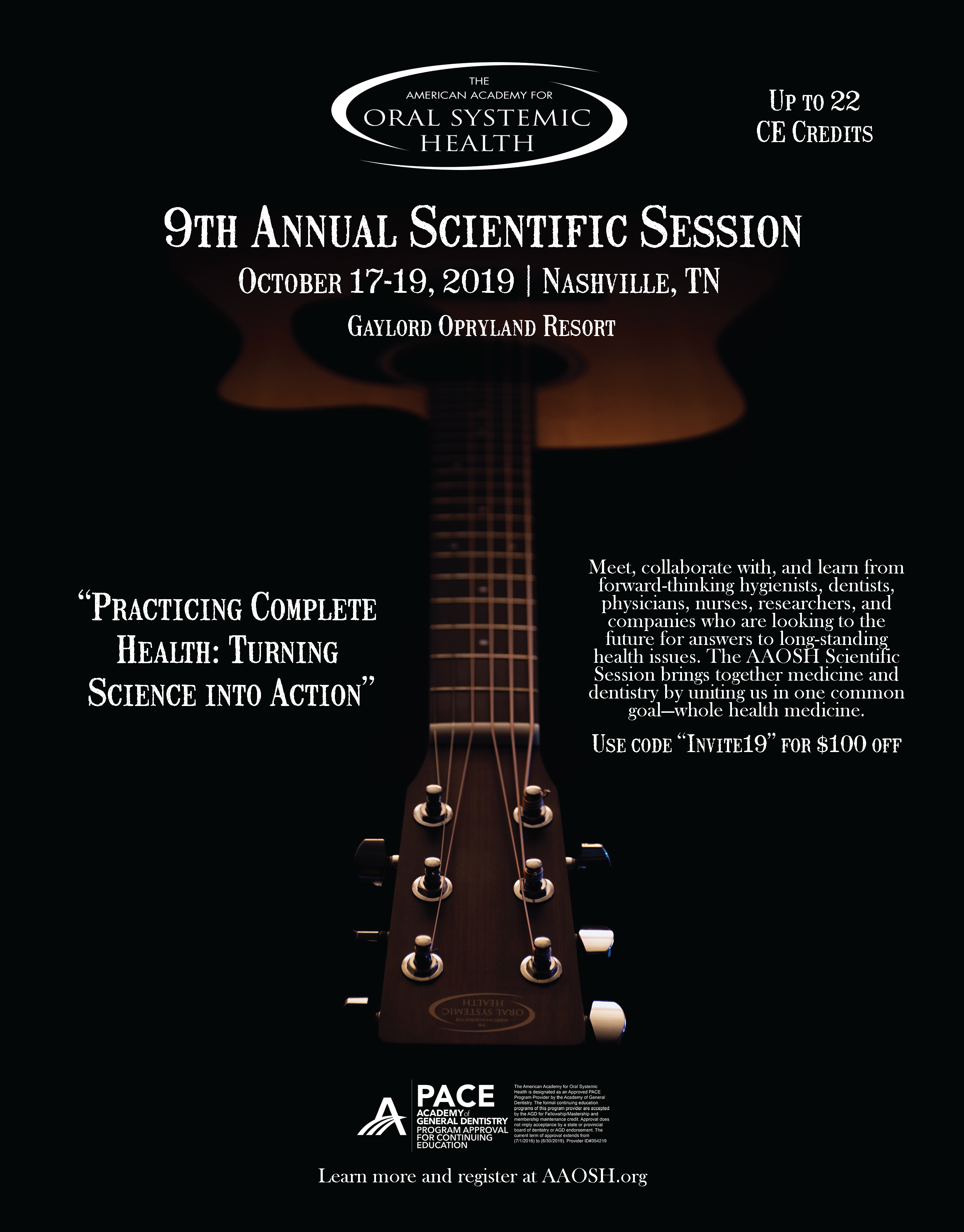

Kick Sugar Summit 2019
You’ve been lied to.
It’s time to set the record straight.
Join me and many distinguished experts and advocates for the
The 4th Annual Kick Sugar Summit
The Metabolic Health – Science Edition
Watch and listen to many important voices in the world of
Ketogenic & Metabolic Health & Sugar Recovery
Totally Free, No Travel, 100% Virtual!
FREE SIGN UP LINK HERE!
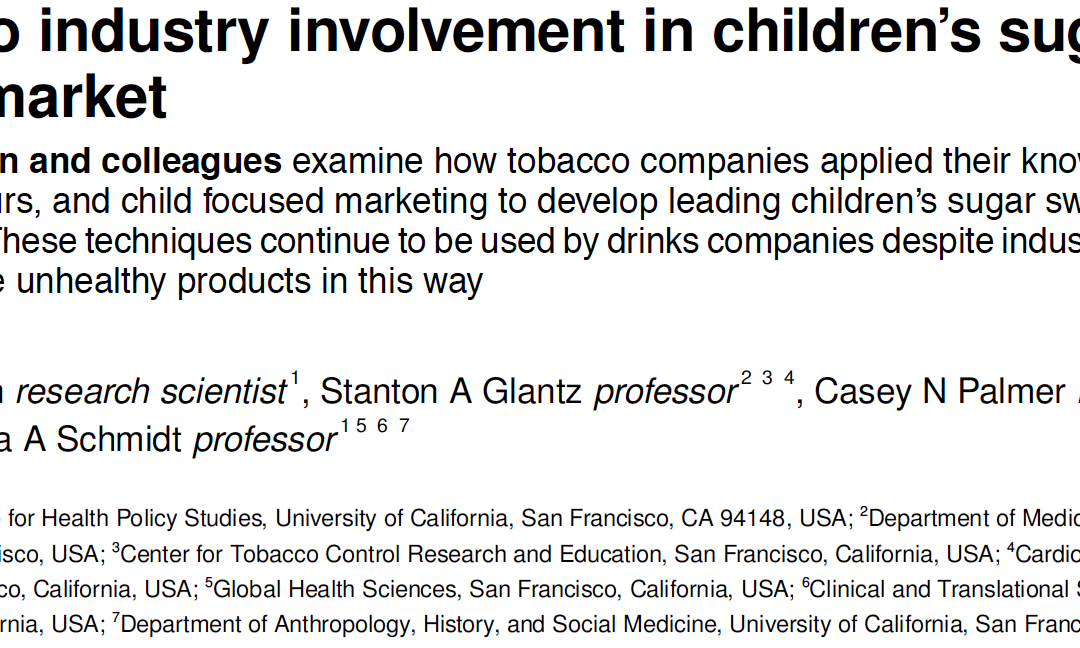
Soft Drink Companies Copy Tobacco Playbook to Lure Young Users
Tobacco Industry Involvement in Children’s Sugary Drinks Market: Cigarette Giants Bought Food Companies, Used Cartoon Characters, Colors, Flavors to Boost Sales of Sweetened Beverages, UCSF Study Shows
Tobacco conglomerates that used colors, flavors and marketing techniques to entice children as future smokers transferred these same strategies to sweetened beverages when they bought food and drinks companies starting in 1963, according to a study by researchers at UC San Francisco.
The study, which draws from a cache of previously secret documents from the tobacco industry that is part of the UCSF Industry Documents Library tracked the acquisition and subsequent marketing campaigns of sweetened drink brands by two leading tobacco companies: R.J. Reynolds and Philip Morris. It found that as tobacco was facing increased scrutiny from health authorities, its executives transferred the same products and tactics to peddle soft drinks. The study publishes March 14, 2019, in the BMJ.
“Executives in the two largest U.S.-based tobacco companies had developed colors and flavors as additives for cigarettes and used them to build major children’s beverage product lines, including Hawaiian Punch, Kool-Aid, Tang and Capri Sun,” said senior author Laura Schmidt, PhD, MSW, MPH, of the UCSF Philip R. Lee Institute for Health Policy Studies. “Even after the tobacco companies sold these brands to food and beverage corporations, many of the product lines and marketing techniques designed to attract kids are still in use today.”
Fruit Juice, Sports Drinks Linked to Obesity, Metabolic Disease
American youth currently consume an average of 143 calories a day in sugary beverages, according to the Centers for Disease Control and Prevention. These calorie-dense drinks do not provide the satiety of foods and are associated with obesity and metabolic syndrome, a cluster of conditions that increase the risk for heart disease, stroke and Type 2 diabetes.
Sugary beverages include most fruit juices, sports and energy drinks, soda and other beverages sweetened with added sugars, including honey, fructose, glucose, sucrose, dextrose, corn sweetener, malt syrup, corn syrup, brown sugar and raw sugar.
The new papers, which are available in the UCSF Truth Tobacco Industry Documents Library, a subset of the UCSF Industry Documents Library, reveal connections between the tobacco and food industries.
Tobacco giant R.J. Reynolds led the transition to sweetened beverages in 1963 when it purchased Hawaiian Punch from Pacific Hawaiian Products Company, according to the documents. The beverage previously had been promoted to adults as a cocktail mixer, but R.J. Reynolds sought to beef up the drink’s “Punchy” mascot – a counterpart to the “Joe Camel” cartoon character the company used to promote cigarettes – and featured it on toys, schoolbook covers, comics, tumblers, clothing and TV commercials. Punchy became the “best salesman the beverage ever had,” according to tobacco industry documents.
In the ’60s and ’70s, the company conducted taste tests with children and mothers to evaluate sweetness, colors and flavors for Hawaiian Punch product line extensions. The children’s preferences were prioritized, the authors noted.
By 1983, R.J. Reynolds introduced the nation’s first juice box, marketed as a “handy little carton that comes with its very own straw.” This innovation was largely responsible for a 34 percent jump in sales, according to industry documents.
Kool-Aid Joins Marlboro
Meanwhile, tobacco competitor Philip Morris had acquired Kool-Aid, via General Foods, in 1985. The company flipped its marketing audience from families to children, created its “Kool-Aid Man” mascot, and launched collaborations with branded toys, including Barbie and Hot Wheels. It also developed a children’s Kool-Aid loyalty program described as “our version of the Marlboro Country Store,” a cigarette incentives program.
“The Wacky Wild Kool-Aid style campaign had tremendous reach and impact,” said first author Kim Nguyen, ScD, MPH, who is also with the UCSF Philip R. Lee Institute for Health Policy Studies. “Lots of kids in the ’80s dreamed of getting swag from the Wacky Warehouse. What is really ‘wacky’ is that the Kool-Aid kid program was modeled after a tobacco marketing strategy designed to build allegiance with smokers.”
By 2004, Philip Morris had developed at least 36 child-tested flavors to its Kool-Aid line, of which some – like “Great Bluedini” – integrated colors with cartoon characters. The tobacco giant also acquired Capri Sun and Tang, and used similar child-focused integrated marketing strategies to drive those sales.
Most sweetened beverage manufacturers claim to limit marketing to children of unhealthy foods and drinks. The industry launched both the Children’s Advertising Review Unit, to promote responsible advertising to children through industry self-policing, and the Children’s Food and Beverage Advertising Initiative, which states that it devotes 100 percent of “child-directed advertising to better-for-you foods.”
“The industry claims that these tobacco-inspired marketing strategies are not actually targeting children and should be excluded from these industry-led agreements” said Schmidt. “But the evidence cited in our research shows that these product lines and marketing techniques were specifically designed for and tested on children.”
The authors conclude that, given the current high rates of childhood obesity, there is a clear need to replace current industry-led voluntary standards with well-enforced government regulations on marketing sugary beverages to children.
“Parents do play a significant role in what their kids eat and drink,” Nguyen said. “However, we cannot underestimate the influence of these beverage corporations and their marketing. They intentionally develop marketing campaigns that appeal to kids by making the drinks fun and exciting.”
The UCSF Industry Documents Library was launched in 2002 as a digital portal for tobacco documents. Today, the library includes close to 15 million internal tobacco, drug, chemical and food industry documents used by scientists, policymakers, journalists and community members in their efforts to improve and protect the health of the public.
Co-Authors: Stanton Glantz, PhD, from the UCSF Center for Tobacco Control Research and Education; Casey Palmer, MS, RN, from the UCSF Philip R. Lee Institute for Health Policy Studies.
Funding: Laura and John Arnold Foundation, CrossFit Foundation, the National Cancer Institute.
Disclosures: No conflicts of interest.
About UCSF: UC San Francisco (UCSF) is a leading university dedicated to promoting health worldwide through advanced biomedical research, graduate-level education in the life sciences and health professions, and excellence in patient care. It includes top-ranked graduate schools of dentistry, medicine, nursing and pharmacy; a graduate division with nationally renowned programs in basic, biomedical, translational and population sciences; and a preeminent biomedical research enterprise. It also includes UCSF Health, which comprises three top-ranked hospitals – UCSF Medical Center and UCSF Benioff Children’s Hospitals in San Francisco and Oakland – as well as Langley Porter Psychiatric Hospital and Clinics, UCSF Benioff Children’s Physicians and the UCSF Faculty Practice. UCSF Health has affiliations with hospitals and health organizations throughout the Bay Area. UCSF faculty also provide all physician care at the public Zuckerberg San Francisco General Hospital and Trauma Center, and the SF VA Medical Center. The UCSF Fresno Medical Education Program is a major branch of the University of California, San Francisco’s School of Medicine. Please visit www.ucsf.edu/news.
###
For additional information, Contact:
UC San Francisco
Suzanne Leigh
[email protected]
Stories about this research:
How Big Tobacco Hooked Children on Sugary Drinks, New York Times

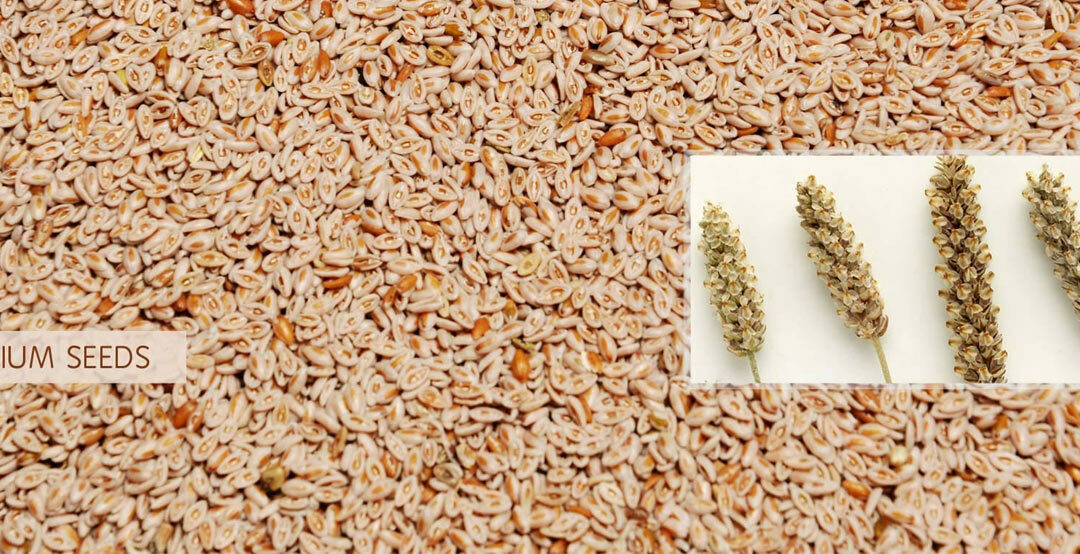
Another Note on Fiber
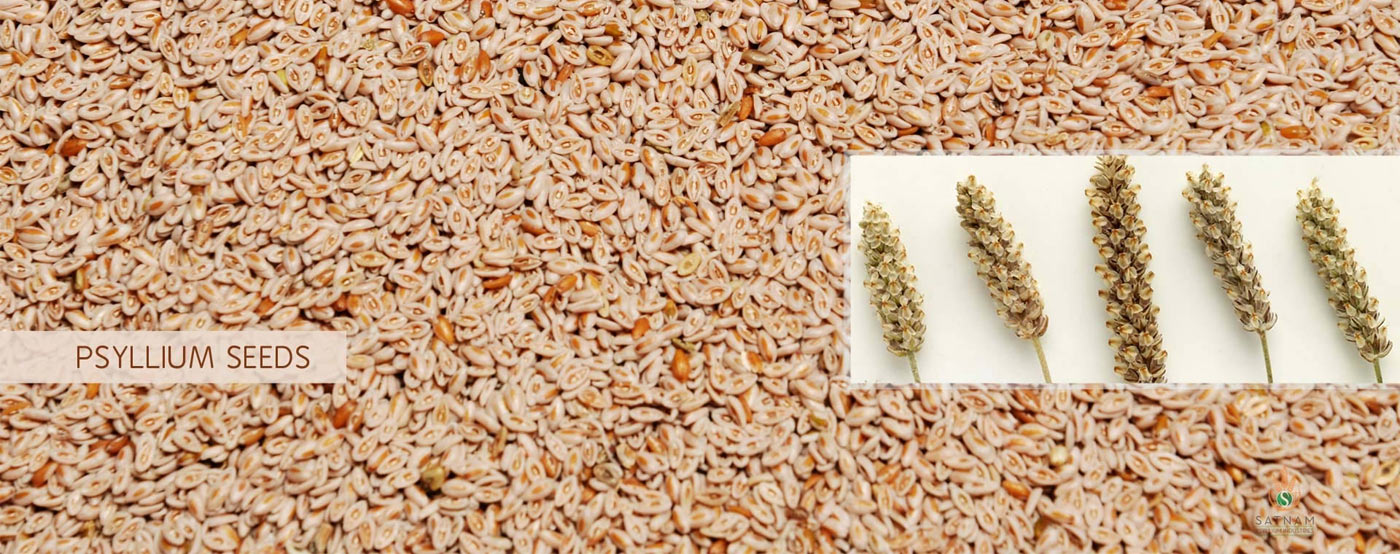 The fiber in real food is of two kinds: soluble, which is globular (e.g. beta-glucan, pectin, inulin, etc.); and insoluble, which is stringy (e.g. psyllium, cellulose, chitin, etc.). You need both, as they do different jobs. The insoluble fiber forms a latticework (like a fishing net) in the duodenum, and the soluble fiber plugs the holes in that latticework. Together they form a secondary barrier on the inside of the duodenum, which prevents early absorption of mono- and di-saccharides, as well as other readily absorbable nutrients.
The fiber in real food is of two kinds: soluble, which is globular (e.g. beta-glucan, pectin, inulin, etc.); and insoluble, which is stringy (e.g. psyllium, cellulose, chitin, etc.). You need both, as they do different jobs. The insoluble fiber forms a latticework (like a fishing net) in the duodenum, and the soluble fiber plugs the holes in that latticework. Together they form a secondary barrier on the inside of the duodenum, which prevents early absorption of mono- and di-saccharides, as well as other readily absorbable nutrients.
Psyllium is an insoluble fiber. Alone It could form the latticework, but not plug the holes. Beta-glucan is a soluble fiber. It can swell and absorb water, but could not lay down the scaffolding. To get the benefits on delay of absorption, you would need both. Real food has both. Ingestion of either psyllium alone or beta-glucan alone could not form the secondary barrier. You need both. Could you put both into one pill? Perhaps. But the side-effects would be highly problematic.
Psyllium is not compressible, so in order to lay down the latticework for creation of the duodenal barrier, you would have to take a high dose of psyllium. Furthermore, psyllium leads to loose stools, which is not disastrous, but is not pleasant. Beta-glucan swells with exposure to water and does not release the water causing severe bloating, distress, and diarrhea. It does not absorb macronutrients, just water. Furthermore, neither fiber gives up the water it absorbs, resulting in problematic and persistent GI distress.
Intact fiber – as a whole food – has many benefits. Not just the short-chain fatty acids (SCFAs). In the processed food industry, the “germ” of the grain (the nucleic acids, flavinoids, polyphenols) is removed with the fiber. Keeping the fiber also means keeping the germ intact.
Cardiologist slams Government Dietary Advice in Parliamentary Speech
Dr. Aseem Malhotra addressed the European Parliament on February 26, 2019 – see the video recording to on the left side of this screen. You may view his powerpoint here as well.
“The science of reversing type 2 diabetes with a low carbohydrate diet (and overcoming opposition from vested interests)”
Aseem Malhotra Parliament Talk
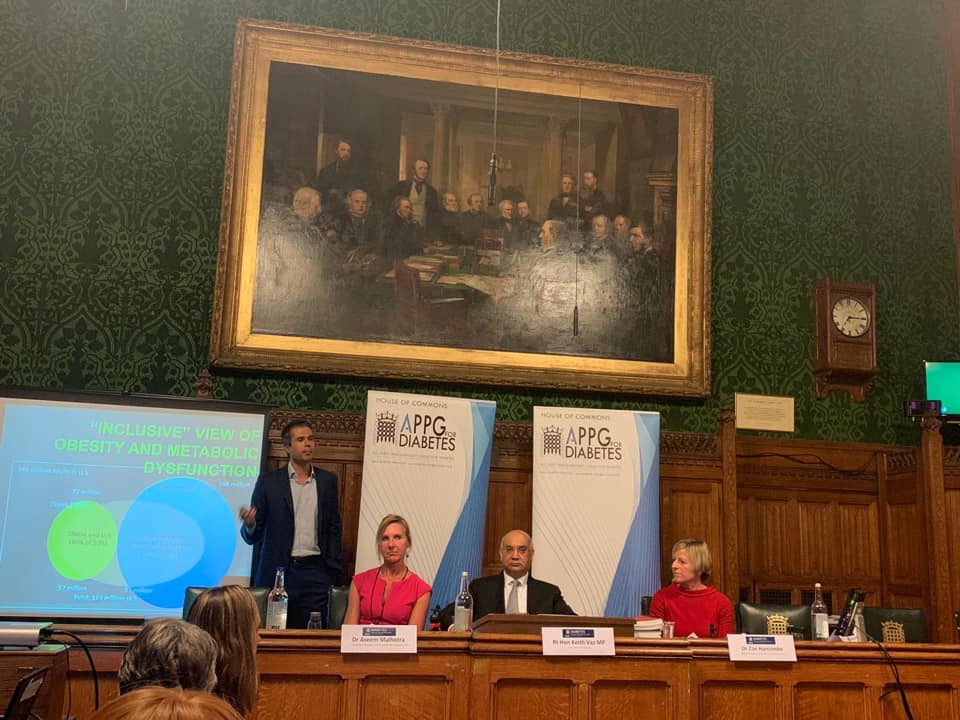
Dr. Aseem Malhotra
Honorary Consultant Cardiologist, Lister Hospital Stevenage
Academy of Medical Royal Colleges Choosing Wisely Steering Group
King’s Fund – Member of Board of Trustees
(With special thanks to Professor Sir Muir Gray, Dr. Robert Lustig, Professor Simon Capewell, Dr. Kevin Hall, and Dr. David Unwin)
Dr. Malhotra pulls no punches.
“This evening I had the honor of speaking In parliament to a packed audience of MPs, lords, healthcare practitioners, and members of the public including Dr. Michael Moseley. There were no holds barred in calling out dietary misinformation coming from the establishment including Public Health England, ignorant scientists and the British Dietetic Association. Evidence based medicine has been hijacked by commercial influence but we have the solutions to fix this broken system and we must. It was also a pleasure to meet with a very receptive and friendly Secretary of State for health who was delighted to receive a copy of the Pioppi Diet. He also promised he would watch my talk and that of Dr. Zoe Harcombe that has been recorded by Ivor Cummins for you all to see soon. Special thank you to Tom Watson and Keith Vaz for making this happen!”
-Dr. Aseem Malhotra
Intro by MP Tom Watson
Child Hacked?
Two Presentations with Dr. Lustig offered by the New Jersey Academy of Pediatric Dentistry and the American Academy of Pediatrics, New Jersey Chapter offered April 12, 2019 in East Brunswick, NJ
Tooth Decay and Liver Decay
Mountain Dew Mouth has been the scourge of dentists for decades. But there’s a new disease which affects even more people: Mountain Dew Liver. Non-Alcoholic fatty liver disease (NAFLD) wasn’t even discovered until 1980; and now up to 1/3 of Americans suffer from it. Especially children – 13% of autopsies in children show NAFLD; and 38% of of obese children. Both tooth decay and non-alcoholic fatty liver disease rates have increasing. And excessive sugar consumption explains both.
Dietary sugar is composed of one molecule each of glucose and fructose. It is the fructose that is the primary driver of both diseases. While glucose contributes to the oral biofilm, fructose doesn’t. It is metabolized by oral bacteria into lactic acid, which readily diffuses though the biofilm and into the tooth. Alternatively, fructose gets turned into fat in the liver mitochondria, which drives NAFLD, which is the leading cause of liver transplantation now, surpassing alcohol. And yet who is most susceptible to both diseases? Children, because they are the biggest sugar consumers.
Doctors and dentists must be united in supporting public health measures to reduce chronic disease. Altering our diet is where public health prevention starts.
The Hacking of the American Child
Everyone is looking down. But especially kids. There is something unnatural about a 15 month old using an iPad to soothe himself or herself. Everyone assumes this is just the natural progression of our “tech society.” But what if this is doing harm to us, and to our brains? And what if children are more vulnerable than adults? Numerous politicians are calling for “reigning in” of the internet. Is this necessary?
We will answer five questions:
1) Is there such a thing as Tech Addiction?
2) Is it similar to or different than drug addiction?
3) Does technology lead to depression and suicide?
4) Have our minds been hacked?
5) Are children more at more risk?
The answers to these questions provide us a blueprint to harness technology for good, and not for ill.
More Information
http://njaap.org/calendar/day-with-dr-lustig-a-two-presentation-seminar/

The ADA just released its new guidelines for pediatric type 2 diabetes…
“In youth-onset type 2 diabetes, the major modifiable risk factors are obesity and lifestyle habits of excess nutritional intake, low physical activity, and increased sedentary behaviors with decreased energy expenditure, resulting in the surplus of energy being stored as body fat.”
Worst yet, the authors are my Pediatric Endocrine academic colleagues. They should know better. I’m supremely disappointed in them.



